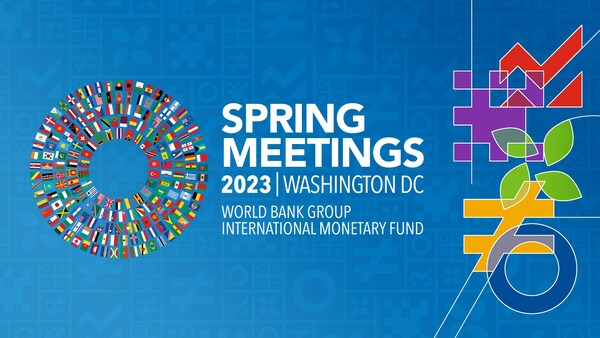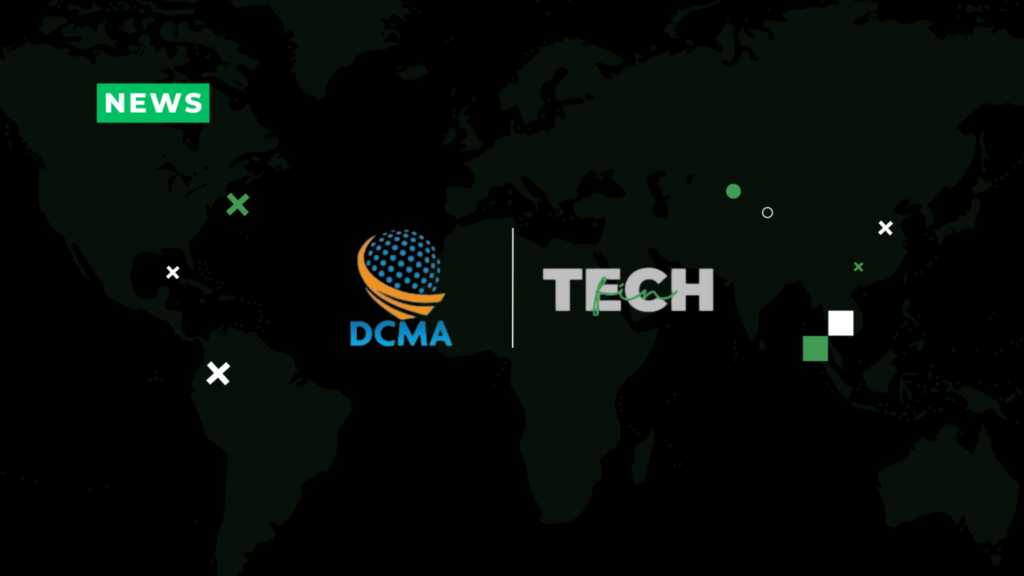The Digital Currency Monetary Authority (DCMA) today announced the official launch of an international central bank digital currency (CBDC) that strengthens the monetary sovereignty of participating central banks and complies with the most recent crypto assets policy recommendations proposed by the IMF. The announcement was made at the International Monetary Fund (IMF) Spring Meetings 2023.
The Universal Monetary Unit (UMU), represented by the ANSI character Ü, is a legal money commodity that can transact in any legal tender settlement currency and operates similarly to a CBDC in terms of upholding banking laws and safeguarding the soundness of the global banking system.
To transact SWIFT-like cross-border payments over digital currency rails and completely avoid the correspondent banking system, banks can attach SWIFT Codes and bank accounts to a UMU digital currency wallet. These transactions can be done at the best wholesale FX rates with instantaneous real-time settlement.
Tobias Adrian, Financial Counselor at the International Monetary Fund, says in an IMF interview “Payments made across borders can be risky, expensive, and slow. To compensate for the lack of a common settlement asset as well as common rules and governance, counterparties in various jurisdictions rely on expensive trusted relationships today. But suppose there was a multilateral platform that could enhance cross-border payments while also revolutionising risk-sharing, foreign exchange transactions, and more broadly, financial contracting.”
The Executive Director of the DCMA and the principal designer of UMU, Darrell Hubbard, claims that “This vision expressed by the IMF is the exact solution the DCMA is delivering to central banks worldwide.”
UMU can be set up to operate in accordance with the central banking regulations of each participating jurisdiction by adopting a global localization public monetary system architecture.
“Although the IMF has not officially endorsed Universal Monetary Unit, in reviewing the DCMA’s Whitepaper and in weekly team discussions, the IMF has yet to state any objections to UMU’s FX premium rates and its monetary sovereignty approach,” says George Walker, a Partner at Practus, LLP, who specialises in international law.
Apparently, says Darrell “UMU has no intention of upsetting the global monetary order. In fact, it makes it stronger by assisting the IMF in fulfilling its stated goal of giving its member states economic and financial stability. UMU transforms the way cross-border payments are made and protects against systemic and seasonal local currency depreciation.”

A number of sovereign states have contributed to the creation of the Universal Monetary Unit Model Law. UMU should not be made legal tender in this proposed law for negotiating domestic prices or international trade agreements. Instead, the legislation suggests that UMU be implemented as an additional form of money for the store of value, mitigating against potential seasonal and systemic local currency depreciation, and offered as a payment currency at the time of settlement.
The equivalent market value of their goods and services priced in any national legal tender could be accepted by traders and business partners in exchange for UMU. Any settlement currency amount can be converted to the equivalent UMU amount using UMU’s built-in premium exchange rates.
In order to support central banking and regulated financial institutions, the Universal Monetary Unit is a cryptocurrency that has been completely redesigned. Staked Proof of Trust (SPOT) Protocol, a trusted consensus protocol, and a multi-dimensional DLT (mDLT) that can support any asset or liability ledger enable full-service digital banking and cross-border payments.
Because it innovates a new wave of cryptographic technologies for realising a digital currency public monetary system with a widespread adoption framework that includes use cases for all constituencies in a global economy, the DCMA introduces the Universal Monetary Unit as Crypto 2.0.




